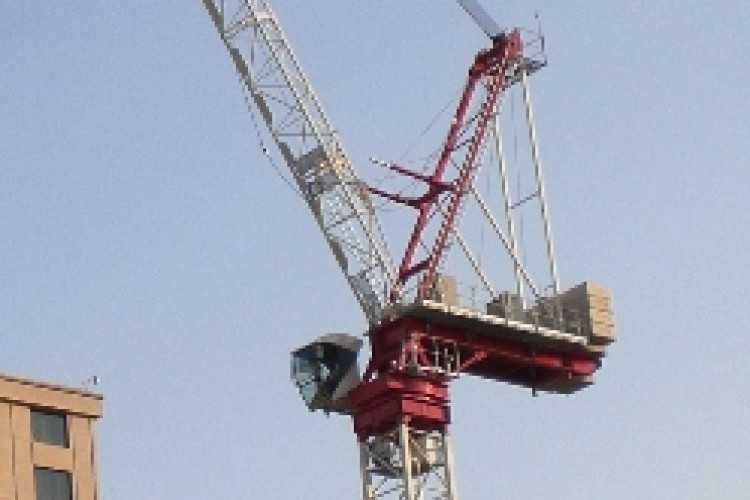The survey details every scheme over 50 units under construction across Greater London. It shows 28,150 units under construction across 169 schemes including 8,500 new units starting construction over the last six months.
Drivers Jonas Deloitte head of research Anthony Duggan said: “The results of this survey show a mixed picture. Positively, new construction starts have risen – probably reflecting decisions made a year or so ago when there was more confidence around and Kick Start was still having a positive impact. However, the actual delivery data for 2010 shows a material reduction on 2009 and this is consistent with our general sentiment for where residential supply for London is heading.
“It will be interesting to see just how many units are actually completed in 2011. Our analysis shows that the number could show an improvement on 2010 as scheme construction starts are up. However our instinct is that weak demand will encourage developers to ‘slow peddle’ delivery and that ultimately supply will be similar to 2010.”
Current supply remains heavily dominated by flats which make up 95% of all units in the pipeline. The provision of traditional family homes, therefore, remains under-represented with just 1,300 houses under construction across Greater London.
Mr Duggan continued: “The provision of family housing is a real issue for London and this research shows the seriousness of the problem – the pipeline is just not delivering this type of residential unit. I accept that we are monitoring schemes of over 50 units and houses will also be delivered on smaller schemes but these larger (50 unit+) schemes were delivering 2,000-3,000 houses a year just 10 years ago. They now deliver 200-300 houses a year.”

Almost a third of new supply is coming forward in the East sub-region accounting for 9,240 units under construction. However, the East is actually lagging behind other regions in terms of new activity. Unsurprisingly, the Olympic boroughs - Newham, Tower Hamlets and Greenwich, account for 40% of current supply. Newham has continued to have the most units currently under construction at 4,100, 70% of which are coming forward as part of the Athletes’ Village.
Total construction activity in Newham has increased by 13% over the last six months. Tower Hamlets is a close second with 4,050 units underway. Activity here has increased by 16% and led to Tower Hamlets replacing Greenwich as the second most active borough. Despite recording the third highest level of construction overall, development in Greenwich has decreased by roughly 10% over the last six months. This is due to some large schemes completing, for example Greenwich Wharf (Phase One), where 260 units were delivered in June. Once work on the latter phases begins, Greenwich is expected to regain its place as one of the most active boroughs.
Drivers Jonas Deloitte partner and head of planning Clive Pane said: “We are currently experiencing the perfect storm in housing supply terms. The scene was set during the first decade of the millennium when a plethora of additional planning costs were added to the development process. By 2007, the height of the last market cycle, less than a third of London’s Boroughs could actually afford anything like policy compliant development. Since then the weaker market has further compounded the problem as the vast majority of major schemes being worked up and/or consents granted are no longer viable. Some major consents have been granted but many of these are simply landowners or developers capping off major expenditure with a view to mothballing projects.
“I can’t really see this picture improving until the Planning System is completely overhauled and simplified and I can’t see this happening for a while. Unfortunately, we are now beginning to see the impact of the Comprehensive Spending Review on the planning process and a number of London boroughs are starting to raise Section 106 requirements and argue, quite logically from their point of view, for the removal of cascade mechanisms, as they turn their minds to the implications of reduced funding, both corporately and for affordable housing.”
Pane added: “In terms of house prices, we are looking at a traditional hockey stick shape. A year or two of moderately negative growth or perhaps just a flat market. After that and as soon as the mortgage market normalises - and it will - then we will move back to strong growth. I have no doubt at all that London trend, which is just under 10% per annum, will re-assert itself as the norm over the next cycle.”
Got a story? Email news@theconstructionindex.co.uk



